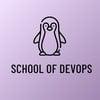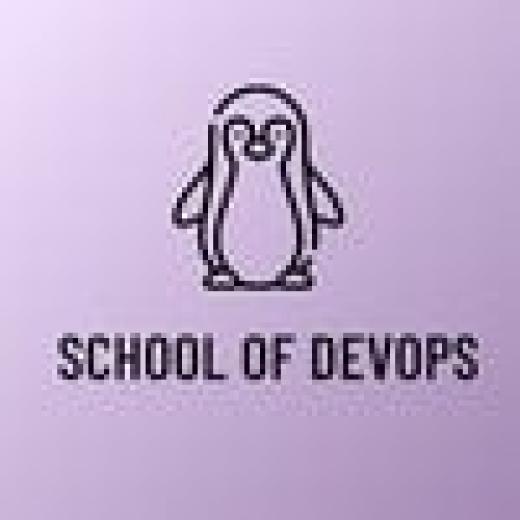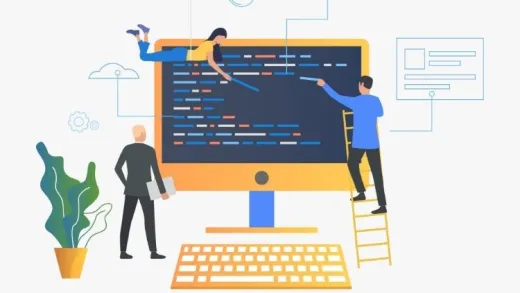About This Course
The most comprehensive Puppet course. Learn to write Infrastructure as a Code and manage it at scale with Puppet
Infrastructure as a Code is one of the foundations of Devops Automation toolchain. Being the first to enter in 2005, Puppet is at the forefront of the IaaC revolutions and was the first tool amongst the four main configuration management tools including Chef, Ansible and Saltstack . Puppet is also the fastest configuration management system and provides a simple DSL (Domain Specific Language) to define the state of resources and does the heavy lifting of managing underlying platform specific operations by itself, providing users higher level of abstraction than scripts do.
The use of puppet is no more limited to servers, but has also expanded to managing all type of devices including routers, embedded systems, storage etc. With more and more organisations adopting to devops practices, knowledge on IaaC and tools such as Puppet is essential for today's generation of devops professionals. This skill would also help one to advance their careers, specially for the operations, systems, networks and devops engineers.
This course is one of the most comprehensive programs to master Puppet. It starts from most basic concepts related to Infrastructure as a Code, Convergent Infrastructures, Code and Data separation, Idempotence. It then helps you dive into the world of puppet by understanding the basics of the languages such as resources/providers, manifests, modules and then delves deeper into creating dynamic code with parameters, templates, defined types etc. Once equipped with the basics, it unlocks Puppet's full potential with advanced topics such as environments, hiera, r10k, puppet enterprise, rolls and design patterns etc. This course takes from from zero to puppet master in two weeks.
Infrastructure as a Code and related concepts e.g. idempotence, convergence
Puppet's DSL and best practices to write Manifests, Modules, Node Classification etc.
Create dynamic, data driven modules with Parameters and Templates











Gustavo V.
The content of this course seems to be good, but the author seems to have neglected it for the last few years. The end result is that the materials are outdated, have disappeared and no longer work.
For instance, it cleverly leverages docker to spin up containers to have the Puppet Master and clients, however it uses Ubuntu 14.04 and CentOS 6.8 for the container images. These are all deprecated and no longer supported. Thus, the examples trying to install packages fail, because the repos are no longer there.
There is also resources that are supposed to be hosted in codespaces.io or the like, and they are simply not there.
The Codespaces Codebox environment is an interesting coding environment for learning but seems to also not being developed any further.
In the end, to be able to follow the examples and materials one might have to figure out how to spin up a lab environment that actually works.